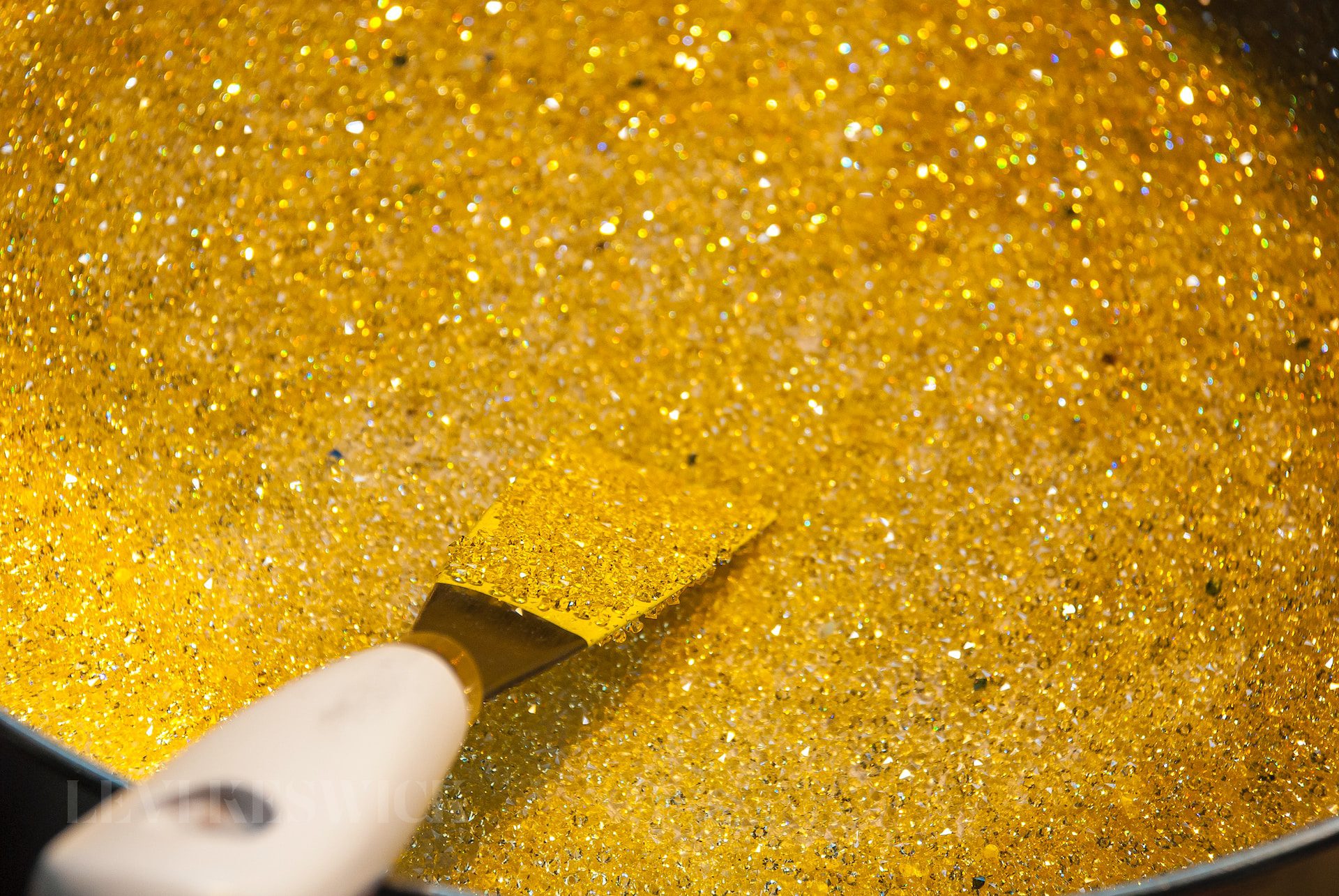Key Takeaways:
Saffron diamonds are incredibly rare, with only a few gem-quality pieces discovered each year. Their unique, intense mix of yellow and orange hues gives them their distinctive saffron color, but this also makes their classification somewhat murky. These diamonds, largely sourced from the now-closed Argyle Mine in Australia and some mines in South Africa, fetch a high saffron diamond ring price due to their scarcity. While lab-created alternatives can mimic the saffron color, they lack the rarity and value of natural saffron diamonds.
The Fascinating World of Saffron Diamonds
The allure of diamonds transcends their shimmering beauty; it also lies in their rarity, particularly when it comes to colored diamonds. Amid the spectrum of colored diamonds, the saffron diamond, with its captivating blend of intense yellow and orange hues, stands as one of the rarest and most intriguing varieties.
Colorful Intrigue: Understanding Saffron Diamonds
Saffron diamonds owe their color to a unique nitrogen atom arrangement. Their intense color profile of equally dominant hues of yellow and orange distinguishes them from other diamonds, including their close cousins, the canary yellow diamonds, and standard yellow diamonds. The saffron diamond’s color should be of Fancy Intense to Fancy Vivid grades, with equal intense hues of yellow and orange.
However, the identification of a true saffron diamond remains somewhat elusive due to a lack of definitive color grading. This leads to frequent confusions with canary yellow diamonds, which should be pure yellow with no hint of orange.
Rarity and Origin of Saffron Diamonds
Saffron diamonds are extremely rare. It is estimated that only a handful of gem-quality saffron diamonds are found each year. Such scarcity makes them highly sought-after by collectors and diamond enthusiasts. The primary sources of saffron diamonds are the now-defunct Argyle Mine in northern Australia and a selection of mines in South Africa.
The saffron diamond’s rarity makes it a premium item, often auctioned rather than sold commercially. Consequently, the saffron diamond ring price can be steep, reflecting its uncommon occurrence in nature.
Natural vs Lab-Created Saffron Diamonds
While natural saffron diamonds command a high value due to their scarcity, lab-created alternatives are also available. These lab-created diamonds possess the same physical and chemical properties as their natural counterparts, but their colors are typically more vibrant.
Lab-created saffron diamonds can offer the allure of intense colors in a variety of shapes at a more affordable price point. However, they lack the intrinsic rarity and value of natural saffron diamonds. The saffron diamond ring price for lab-created stones, therefore, is considerably lower than for natural ones.
Acquiring a Saffron Diamond Ring
Given the rarity of saffron diamonds, not many jewelers stock them, and they can be challenging to find, both in stores and online. Some specialists, such as Leibish and Co and James Allen, occasionally carry natural saffron diamonds, albeit under different classifications like orange or yellow diamonds.
Remember, when purchasing a saffron diamond, always insist on certified fancy colored diamonds. Never invest in a natural saffron diamond unless it is certified, even though the certification might not specifically mention ‘saffron.’
Finally, as you embark on your quest to own this rare gem, remember that the allure of the saffron diamond lies in its rarity, the enigmatic blend of orange and yellow hues, and the mystique that comes with it. In the world of diamonds, the saffron diamond is truly a hidden treasure, promising not only an attractive piece of jewelry but also an enduring story of rarity and natural wonder.








